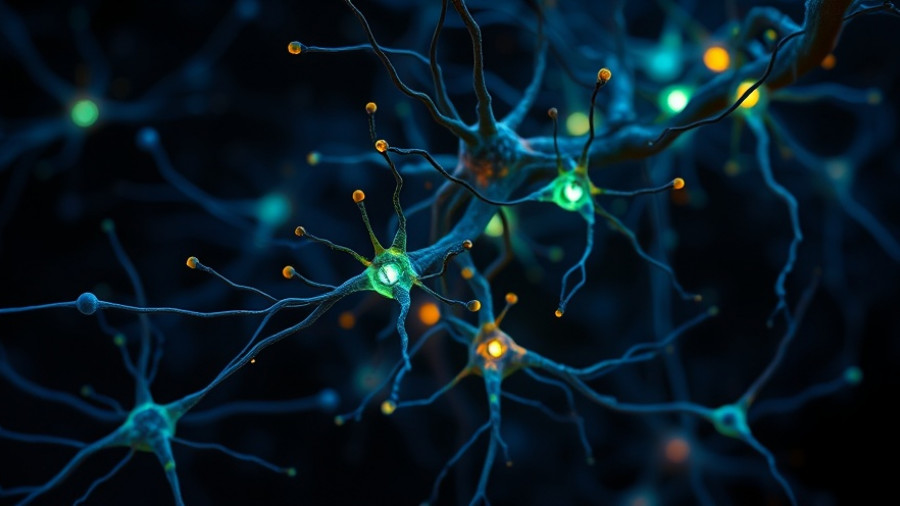
Understanding UNC13A: The Gene Behind a New Developmental Disorder
Recent research conducted by a collaborative team of scientists has unveiled significant findings regarding the UNC13A gene and its role in a newly identified neurological developmental disorder. This groundbreaking work sheds light on the critical function of the UNC13A protein in facilitating communication between nerve cells, and how alterations in this gene can jeopardize foundational processes essential for cognitive development.
What is the UNC13A Gene?
The UNC13A gene encodes a protein crucial for synaptic transmission—one of the foundational processes that allow nerve cells to communicate effectively. This communication is vital for everything from basic motor functions to complex cognitive tasks. Variations in this gene have now been linked to a spectrum of neurological impairments, ranging from developmental delays to severe disabilities.
Discovery of a New Disorder: Symptoms and Scope
In collaboration with multiple international clinics, researchers, including Nils Brose and Noa Lipstein, have identified around 50 patients with disorders linked to variations in the UNC13A gene. Symptoms of the disorder are diverse, presenting as intellectual disabilities, speech and motor impairments, tremors, and seizures. Tragically, the impact can be severe enough to lead to early childhood mortality in some cases.
Unpacking the Three Subtypes of the Disorder
The research team has emphasized that this developmental disorder is not a one-size-fits-all condition; rather, it can be divided into three subtypes, each defined by different genetic variations impacting synaptic function. As explained by Lipstein, the diverse symptoms arise depending on which aspects of the UNC13A protein are affected, thus requiring tailored therapeutic approaches for effective treatment.
Potential for New Therapies: A Glimmer of Hope
The neurologists involved in this research have expressed optimism regarding therapeutic strategies involving antisense oligonucleotides. These would work by suppressing the production of the defective UNC13A protein, which in turn could elevate levels of the normal variant. This approach not only holds promise for managing the symptoms of this new developmental disorder but also opens avenues for addressing other neurodegenerative diseases, such as ALS and Alzheimer's disease, where UNC13A's role has been implicated.
Previous Research Linkages and Broader Implications
This new discovery signals an important interplay between genetic research and treatments for complex conditions. The ongoing link between the UNC13A protein and neurodegenerative diseases like ALS suggests that this emerging understanding may lead to further discoveries in the realm of neurological health. The research highlights the necessity for continued exploration into genetic bases for such disorders.
Evaluating the Importance of Ongoing Research
As scenarios around syndromes caused by genetic variations gain more understanding, the outcomes from this research stress the necessity of long-term investments in basic science. Understanding the precise molecular infrastructures allows researchers to develop targeted therapies and enhances the overall landscape of community health and wellness.
Broader Impact on Community Health and Wellness
The significance of this research extends beyond individuals with the developmental disorder; it emphasizes the critical importance of community awareness surrounding genetic health. People engaged in health and wellness can benefit from the insights into genetic disorders, and communities can rally for support systems to help individuals affected by similar conditions.
Conclusion: A Call to Action for Awareness and Research
As we edge closer to identifying effective treatments through ongoing research regarding the UNC13A gene, it's paramount for community health enthusiasts to rally for awareness surrounding these findings. By understanding the implications of genetic variations and the importance of supportive health and wellness systems, we can pave the way for better care and possibilities for those struggling with such disorders.
To learn more about health and wellness initiatives and to find support networks in your area, consider reaching out to local health centers or participating in wellness events designed to promote understanding and education.
 Add Element
Add Element  Add Row
Add Row 




Write A Comment